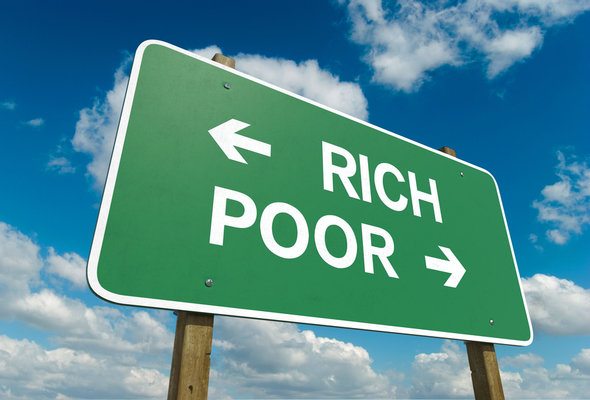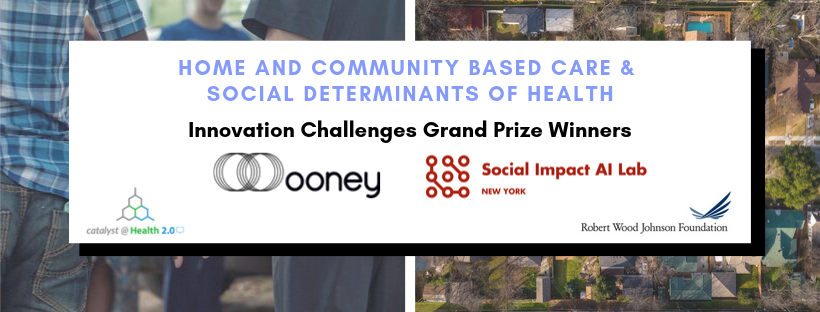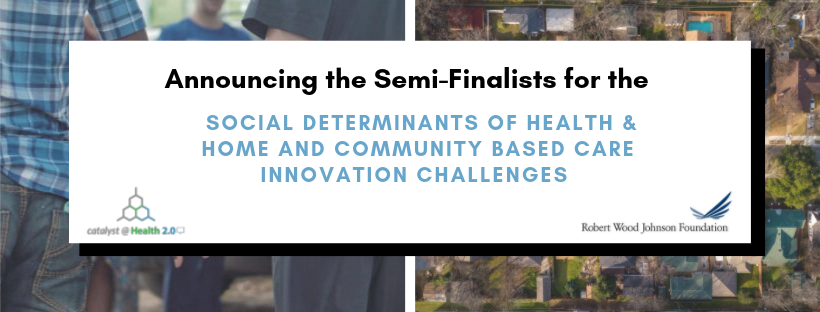
Episode 12 of “The THCB Gang” was live-streamed on Friday, June 5th from 1PM PT to 4PM ET. If you didn’t have a chance to tune in, you can watch it below or on our YouTube Channel.
Editor-in-Chief, Zoya Khan (@zoyak1594), ran the show! She spoke to economist Jane Sarasohn-Kahn (@healthythinker), executive & mentor Andre Blackman (@mindofandre), writer Kim Bellard (@kimbbellard), MD-turned entrepreneur Jean-Luc Neptune (@jeanlucneptune), and patient advocate Grace Cordovano (@GraceCordovano). The conversation focused on health disparities seen in POC communities across the nation and ideas on how the system can make impactful changes across the industry, starting with executive leadership and new hires. It was an informative and action-oriented conversation packed with bursts of great facts and figures.
If you’d rather listen, the “audio only” version it is preserved as a weekly podcast available on our iTunes & Spotify channels a day or so after the episode — Matthew Holt



















